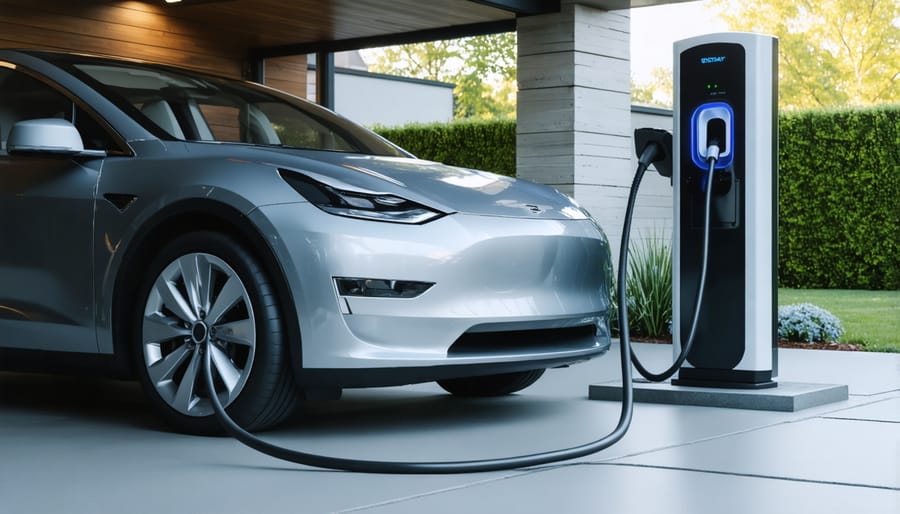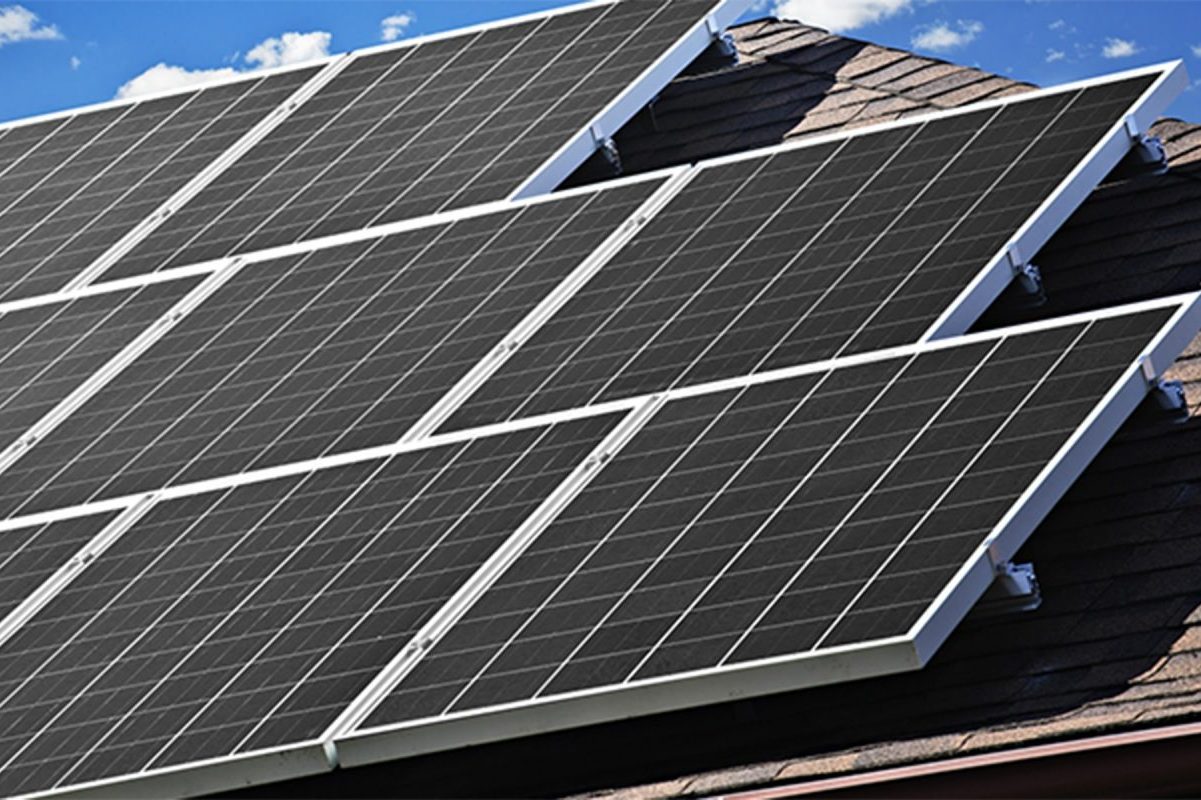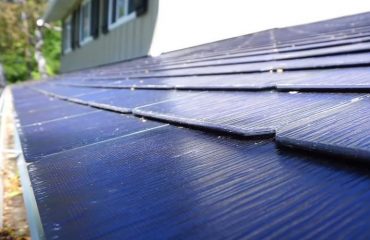Types of Residential EV Charging Incentives

Utility Company Rebates
Many utility companies offer rebate programs to encourage customers to install home EV chargers. These rebates can significantly offset the upfront cost of purchasing and installing a Level 2 charging station. To qualify, homeowners typically need to provide proof of purchase, meet specific installation requirements, and use a licensed electrician. Rebate amounts vary by utility provider but can range from $250 to $1,000 or more. Some programs even offer additional incentives for using smart chargers that allow the utility to manage charging during peak demand periods. By taking advantage of these rebates, homeowners can not only save money on their EV charging setup but also contribute to a cleaner, more sustainable energy grid. It’s a win-win situation that benefits both the environment and the wallet. Check with your local utility company to see what rebate programs are available in your area and how to apply.
State and Local Tax Credits
Many states and local governments offer tax credits to incentivize the installation of residential EV chargers. These credits can significantly reduce the upfront cost of installing a charging station at your home. For example, Colorado offers a tax credit of up to $1,000 for the purchase and installation of a Level 2 charger. Maryland provides a rebate of 40% off the cost of EV charging equipment and installation, up to $700. Some cities, like Anaheim, California, offer additional rebates on top of state incentives. To find out what tax credits and rebates are available in your area, check with your state’s department of energy or environmental protection agency. By taking advantage of these financial incentives, you can save money while contributing to a cleaner environment and reducing your dependence on fossil fuels. Installing a residential EV charger has never been more affordable and beneficial.
Federal Tax Credit
The federal government offers a tax credit for EV charger installation and equipment costs. Homeowners who install a qualified EV charging station can claim a credit of 30% of the cost, up to $1,000. This credit applies to both the cost of the charging equipment and the installation labor. To be eligible, the charger must be installed at your primary residence and placed in service after December 31, 2022. The credit is available through December 31, 2032, providing a long-term incentive for homeowners to invest in EV charging infrastructure. By taking advantage of this credit, you can significantly reduce the upfront cost of installing a home EV charger while contributing to a cleaner, more sustainable future.
How to Qualify for EV Charger Incentives

Equipment Requirements
The residential EV charging incentive program covers Level 1 and Level 2 chargers, which are the most common types for home use. Level 1 chargers plug into a standard 120-volt outlet and can add about 4-5 miles of range per hour, making them suitable for overnight charging. Level 2 chargers require a 240-volt outlet, similar to those used for electric dryers, and can provide 25-30 miles of range per charging hour. Both types are eligible for incentives, but Level 2 chargers often receive higher rebates due to their faster charging speeds and greater potential for reducing reliance on fossil fuels.
Installation Requirements
To qualify for residential EV charging incentives, your home must meet certain installation requirements. A dedicated 240-volt electrical circuit is necessary to power the Level 2 charging station. This circuit should be rated for at least 40 amps and connected directly to your home’s main electrical panel. The charging station itself must be installed by a licensed electrician and adhere to local building codes. Additionally, your home’s electrical system should have sufficient capacity to handle the added load of EV charging. If upgrades are needed, they may also qualify for incentives, making it easier to prepare your home for efficient and eco-friendly vehicle charging.
Application Process
To apply for residential EV charging incentives, start by visiting your local utility company’s website or contacting them directly to learn about available programs. Gather necessary documentation, such as proof of vehicle ownership, home ownership or rental agreement, and utility bills. Fill out the application form, which may require information about your EV make and model, charging equipment details, and installation costs. Submit the completed application along with supporting documents.
Once your application is received, the utility company will review it for eligibility. If approved, you’ll receive confirmation and details on the incentive amount and how it will be disbursed. This may be in the form of a rebate check, bill credit, or other method.
Follow any additional instructions provided, such as scheduling an inspection of the installed charging equipment. After successful completion, the incentive will be processed and applied. The entire process typically takes a few weeks to a couple of months, depending on the program.
Incentive Program Benefits
Homeowner Savings
Homeowners can significantly reduce the upfront costs of installing a residential EV charging station through incentive programs. Many utility companies, state governments, and local municipalities offer rebates and grants that cover a substantial portion of the equipment and installation expenses. For example, some programs provide up to $500 towards the purchase of a Level 2 charging station, while others may reimburse up to 50% of the total installation costs. These incentives, combined with the long-term savings on fuel and maintenance associated with electric vehicles, make the switch to EV charging at home a financially savvy decision. By taking advantage of these programs, homeowners can enjoy the convenience and sustainability benefits of EV ownership without breaking the bank. As more incentives become available, the upfront investment in residential EV charging becomes increasingly affordable, making it an attractive option for budget-conscious homeowners looking to embrace eco-friendly transportation.

Environmental Impact
The widespread adoption of electric vehicles (EVs) is crucial for reducing greenhouse gas emissions and mitigating climate change. By offering incentives for residential EV charging, more people are encouraged to switch to EVs, as charging at home becomes more convenient and affordable. As EV ownership increases, the demand for fossil fuels decreases, leading to a significant reduction in carbon dioxide emissions from the transportation sector. Moreover, when EV owners charge their vehicles during off-peak hours, they can take advantage of cleaner energy sources like wind and solar power, further minimizing their carbon footprint. By embracing residential EV charging incentives, homeowners not only save money on their energy bills but also actively contribute to a cleaner environment and help the environment for future generations.
Grid Benefits
Incentivized home charging programs help balance grid demand by encouraging EV owners to charge during off-peak hours when electricity demand is lower. By shifting charging to these times, the grid experiences less strain during peak hours, reducing the need for expensive peak power generation. This load balancing helps utilities maintain a stable, reliable electricity supply while accommodating the growing number of EVs on the road. Smart charging technology can automatically schedule charging to occur during off-peak periods, making it easy for homeowners to participate in these programs. By taking advantage of incentives and charging during off-peak hours, EV owners not only save money on their energy bills but also contribute to a more sustainable and efficient electrical grid, benefiting both themselves and their communities.
Conclusion
Residential EV charging incentive programs offer a compelling opportunity for homeowners to embrace sustainable living while saving money on energy costs. By taking advantage of these incentives, you can not only reduce your carbon footprint but also enjoy the convenience of charging your electric vehicle at home. With a variety of federal, state, and local incentives available, it’s easier than ever to make the switch to electric and contribute to a cleaner, greener future. Don’t miss out on the chance to be part of the solution – explore the residential EV charging incentives in your area today and take the first step towards a more sustainable lifestyle. By investing in an EV charging station for your home, you’ll be joining a growing community of environmentally-conscious individuals who are making a positive impact on the planet while enjoying the many benefits of electric vehicle ownership.









